Laparoscopic Suture Simulator -Assessment System-
Product supervision:
Makoto Hashizume, Professor, Center for Advanced Medical Innovation, Kyushu University, Japan
Munenori Uemura, PhD Professor (Assistant), Center for Advanced Medical Innovation, Kyushu University, Japan
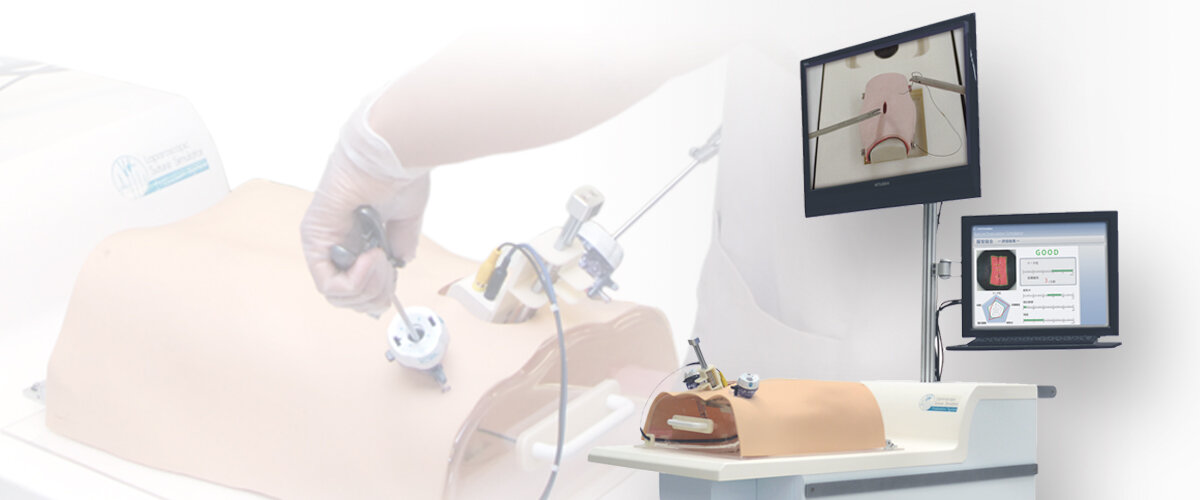
Laparoscopic Suture Simulator evaluates skills in laparoscopic intestinal suture, as well as simple skin suture and forceps training.
Simulate true-to-life scenarios by using real clinical devices, life-like softness and anatomy of the intestinal wall and dermis.
FEATURES
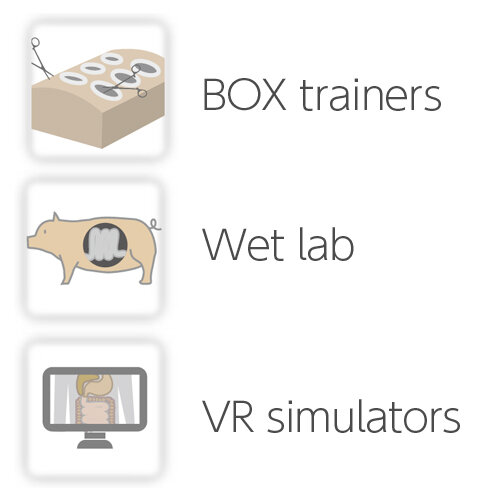
Integrating Advantages of Different Training Methods
Conventional training methods are;
Box trainers
[Advantage] Easy to use [Disadvantage] Simple task only
Wet lab
[Advantage] Realistic [Disadvantage] Hard to set & clean up
VR simulators
[Advantage] Objective skills assessment [Disadvantage] No realistic sense
MW16 Laparoscopic Suture Simulator -Assessment System- is;
| Easy to use
| Realistic tissue response
| Objective feed back
Integrate positive features in one system!
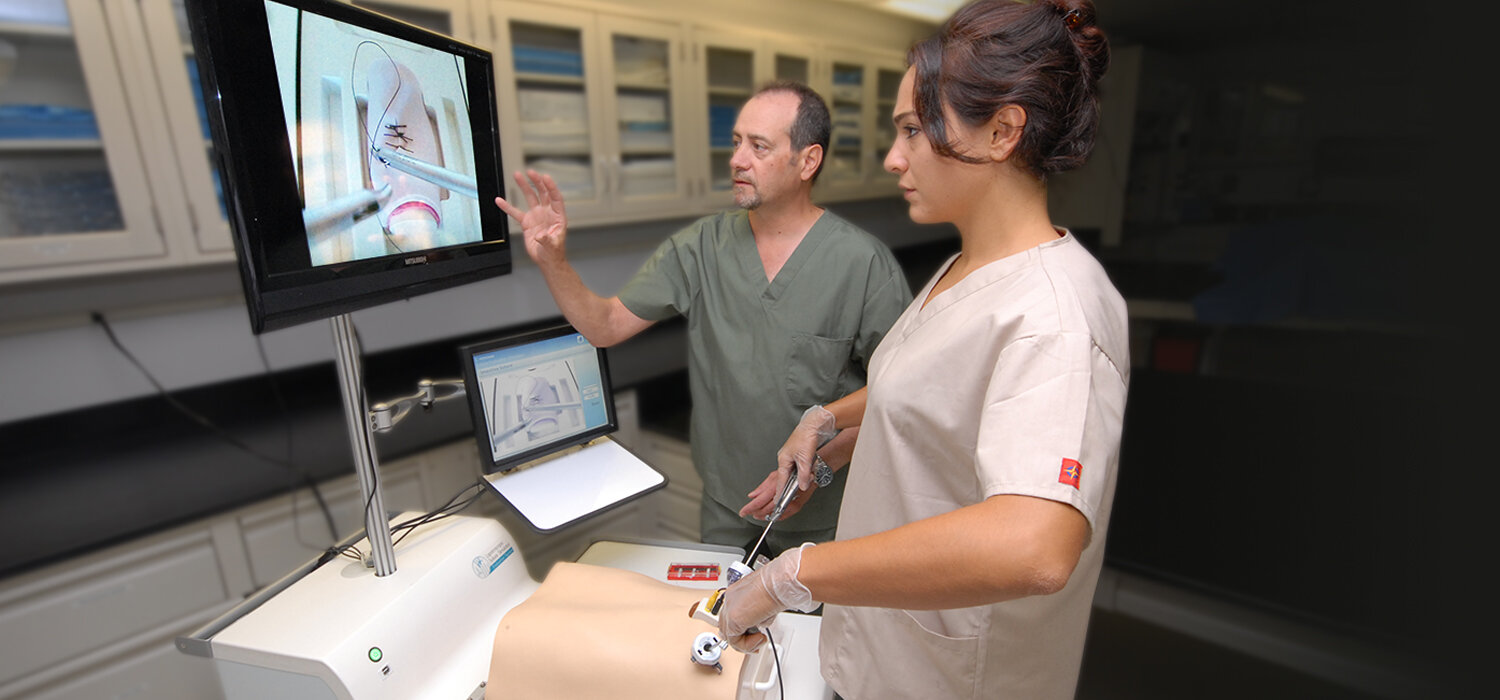
- Innovative assessment criteria provide quantitative and objective feedback
- Individual assessment data can be saved for reviewing and analysis
- True-to-life simulated tissue that provides convincing hands-on experiences
- Actual clinical instruments can be used
- Convenient all-in-one unit
Quantitative Feedback
Objective Assessment System (5 criteria)
The system utilizes five criteria to evaluate laparoscopic suturing skills.
Trainees strength and weakness in the skills are visualized by detailed assessment result(right) and skills chart(left).
Each criteria has an "acceptable" range based on expert surgeons to help improve performance.
1. Is the wound sutured without a leak? *
2. Is suture completed through muscular layer to mucosal layer? *
3. Is ligature appropriate for suture?
4. How much open area is there in mucosal layer?
5. How long does it take for suturing procedure?
* = Judging success or failure
Air leak from the sutured area can be checked by applying air pressure on the intestinal tract sheet.
Uemura M et al. Surg Endosc. 2014. PMID: 25005015 / DOI: 10.1007/ s00464-014-3681-9
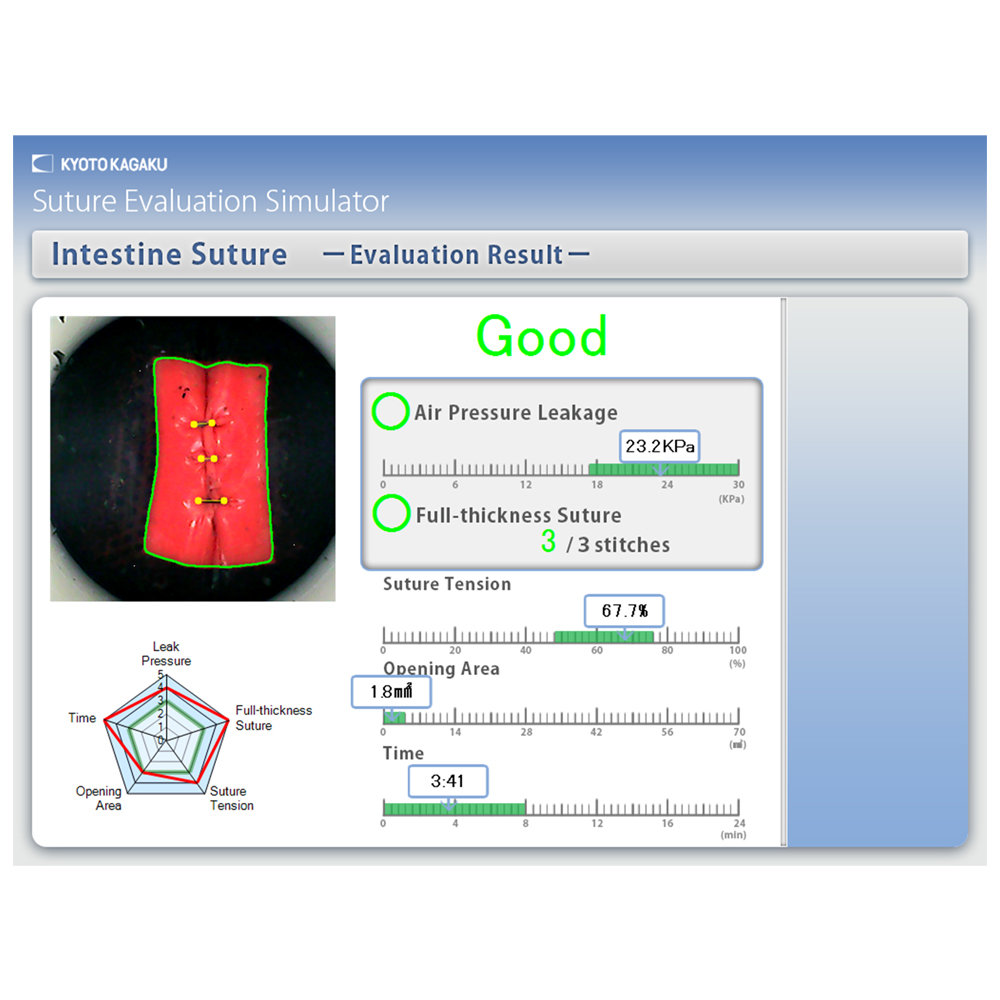
Evidence based objective skill assessment
“Acceptable” range that was based on the results of statistical analysis of the performance of expert surgeons qualified by JSES (Japan Society for Endoscopic Surgery) .
This acceptable range is same with the ideal range for surgeons
Life-like Intestinal Tract
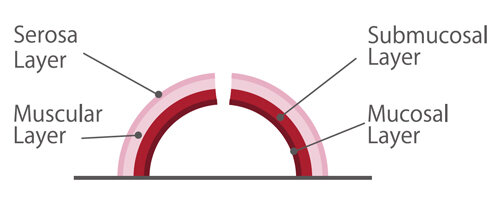
Intestinal tract has four layers with respective characteristics. It has developed to assess "Full-thickness suturing".
When holding with forceps and suturing, these four layers react like real tissue.
3 Training Modes
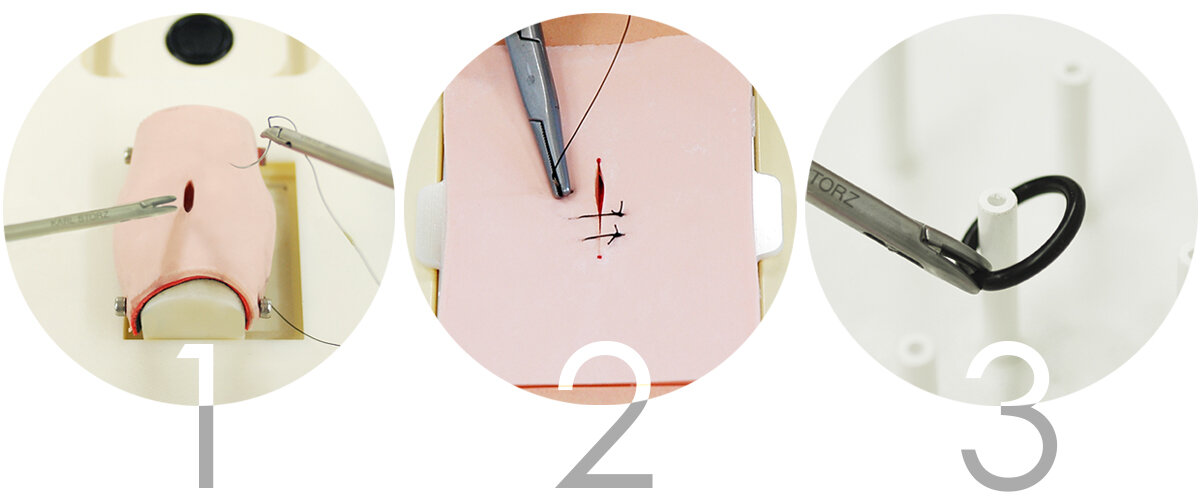
-
Laparoscopic Intestinal Suture:
Use forceps to start training in suture skills. Trainees' skills can be assessed in 5 criteria. -
Evaluation on Skin Suture under Direct Vision:
Without the training box, the unit can be used for skin suture under direct vision. -
Laparoscopic Forceps Training:
Trainees can learn how to use forceps in the built-in training box of the unit model.
